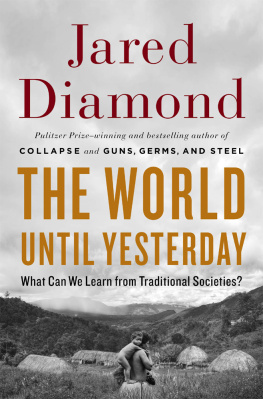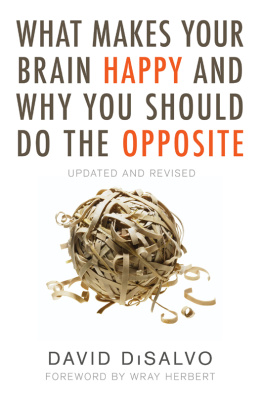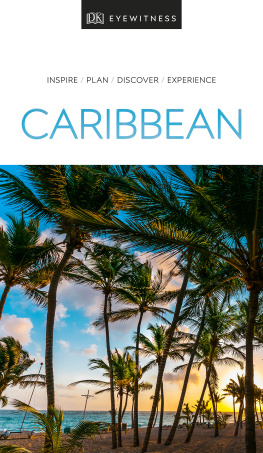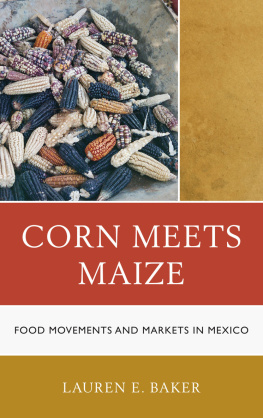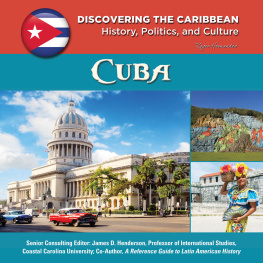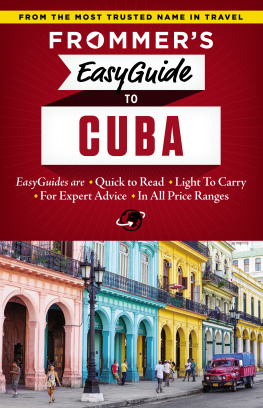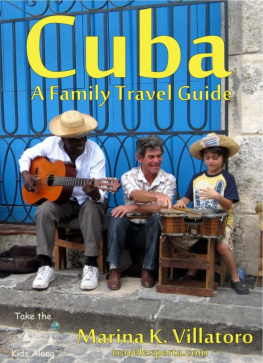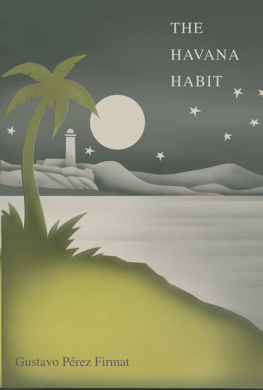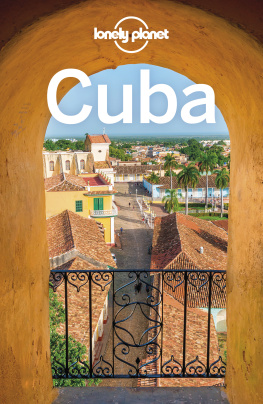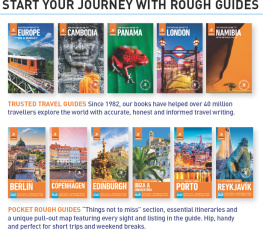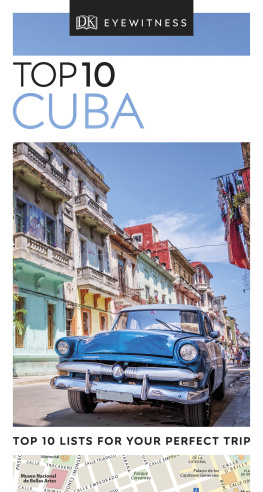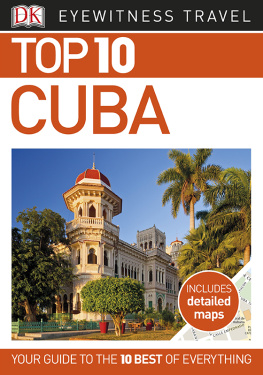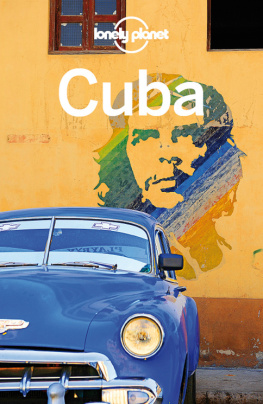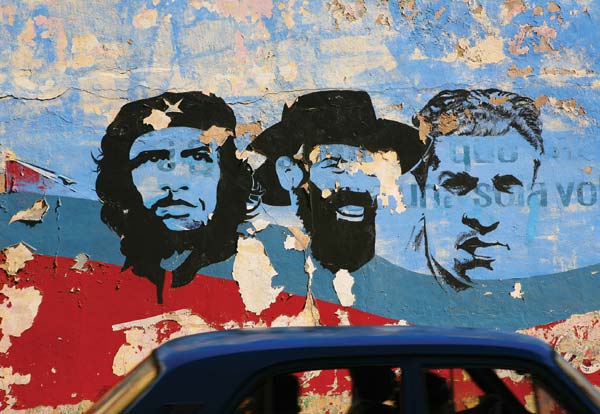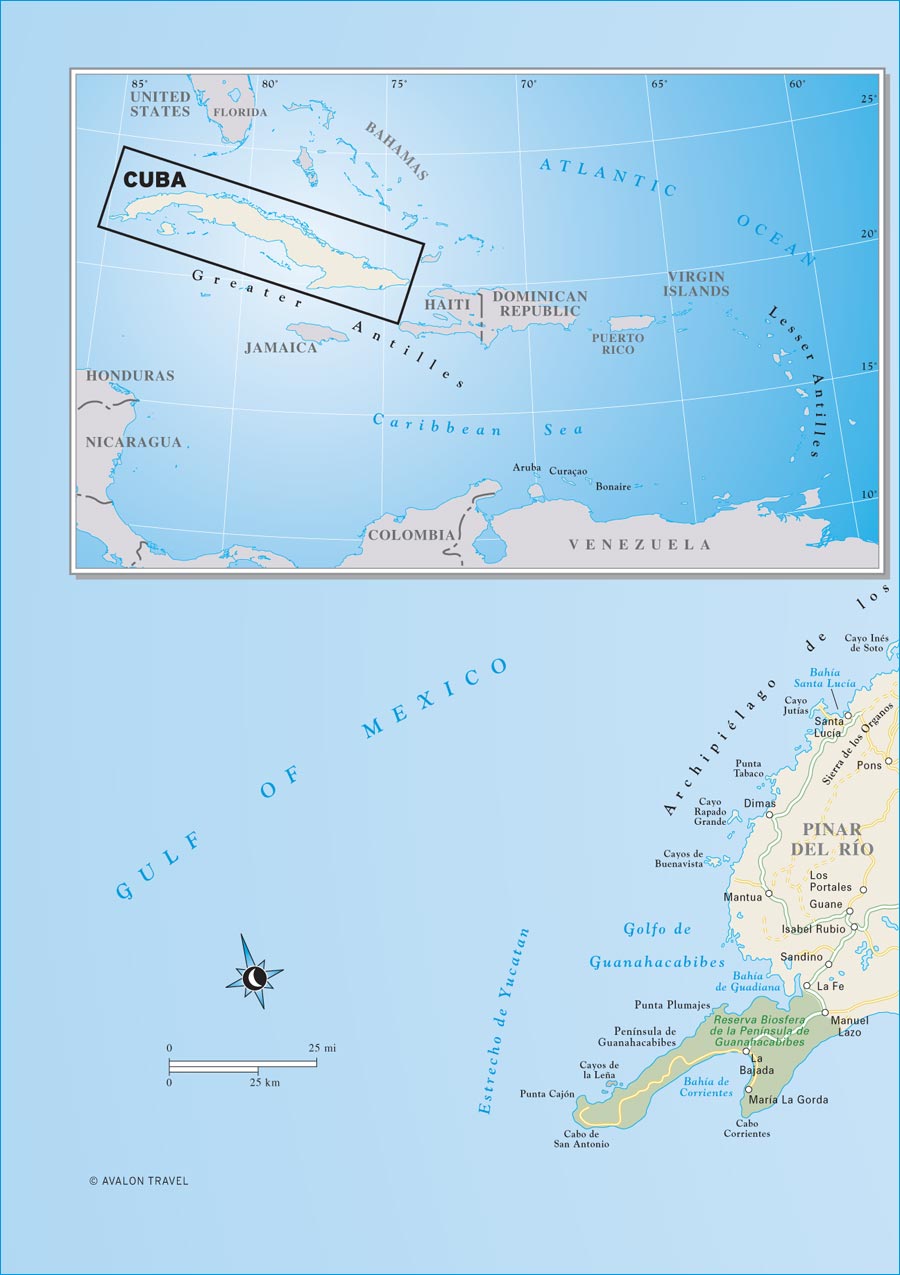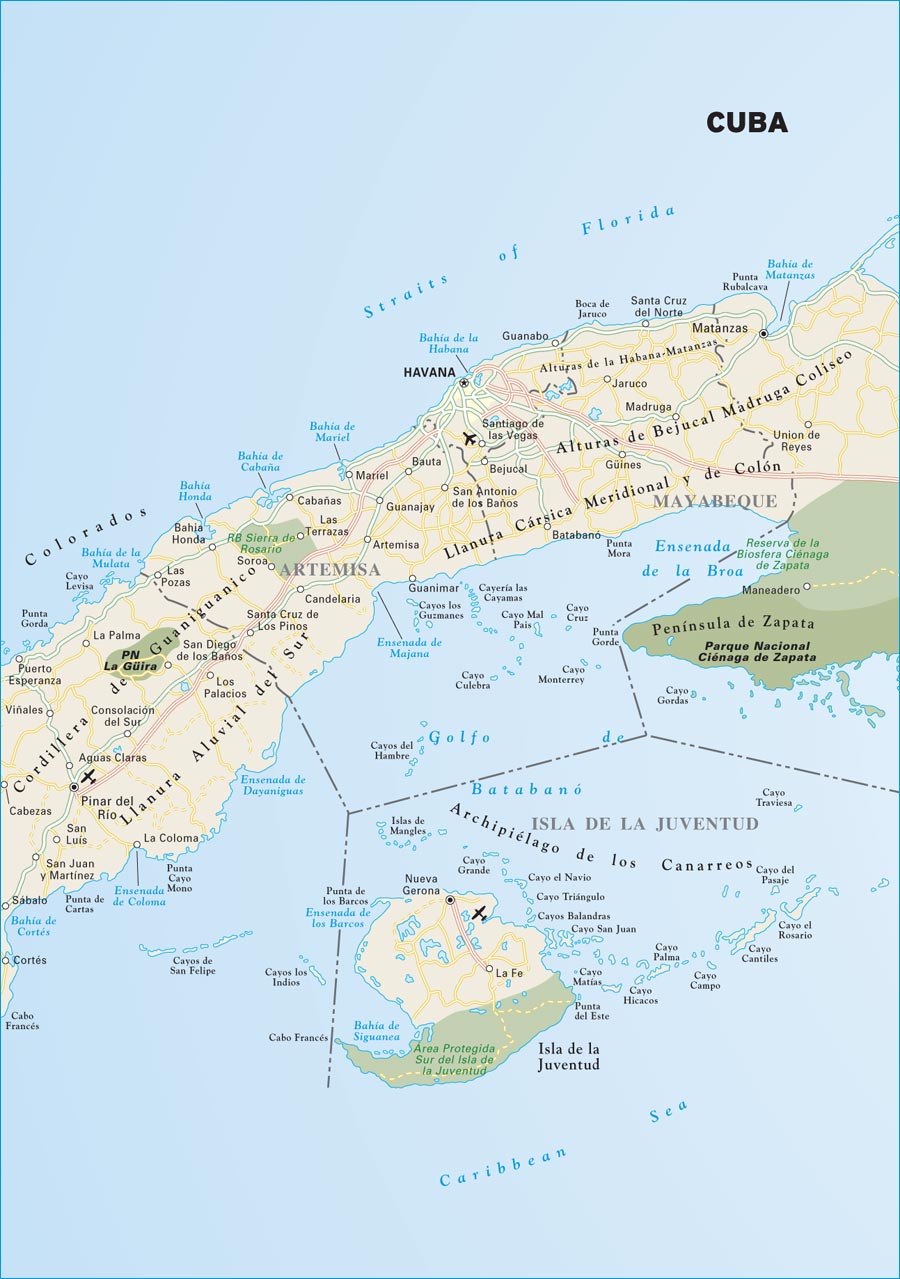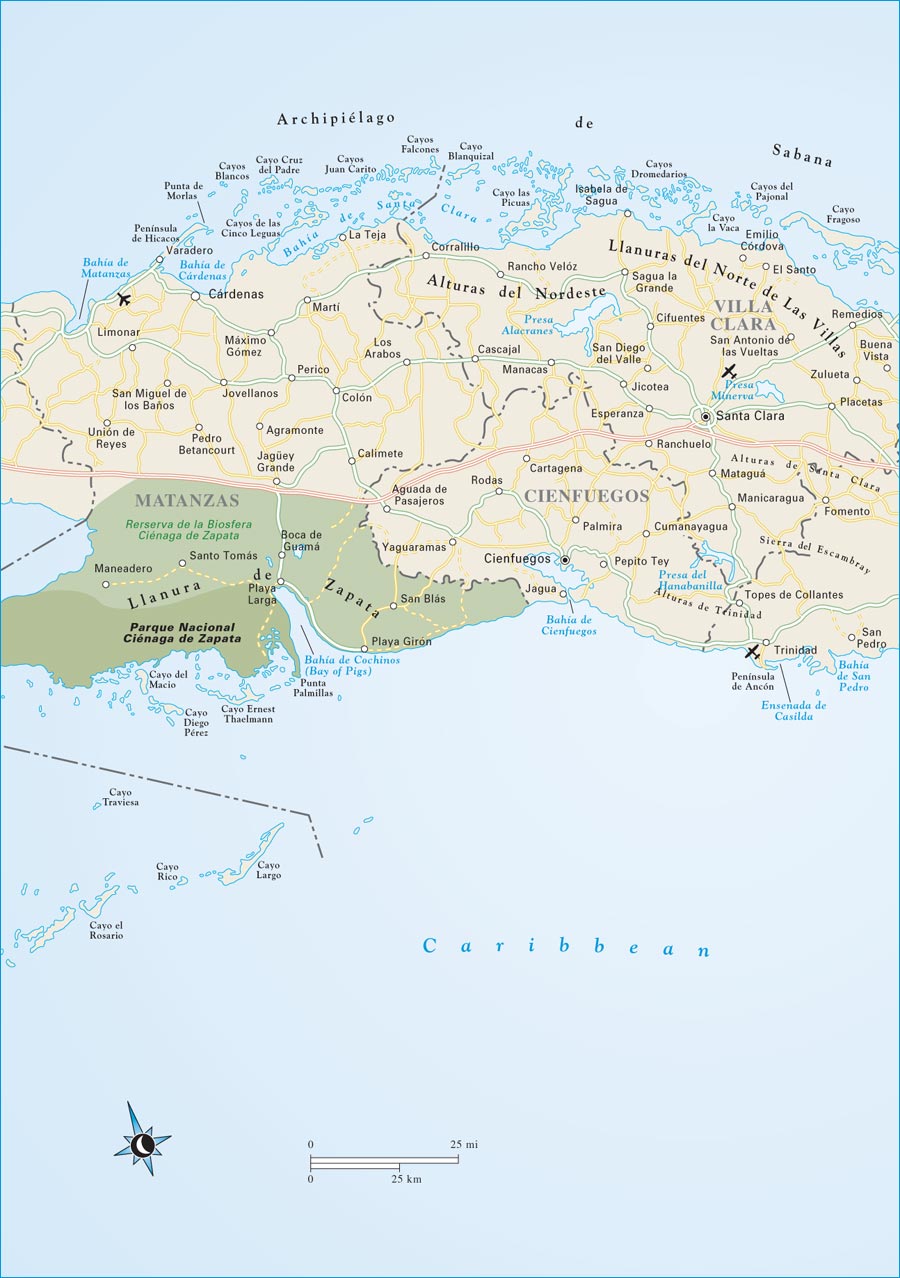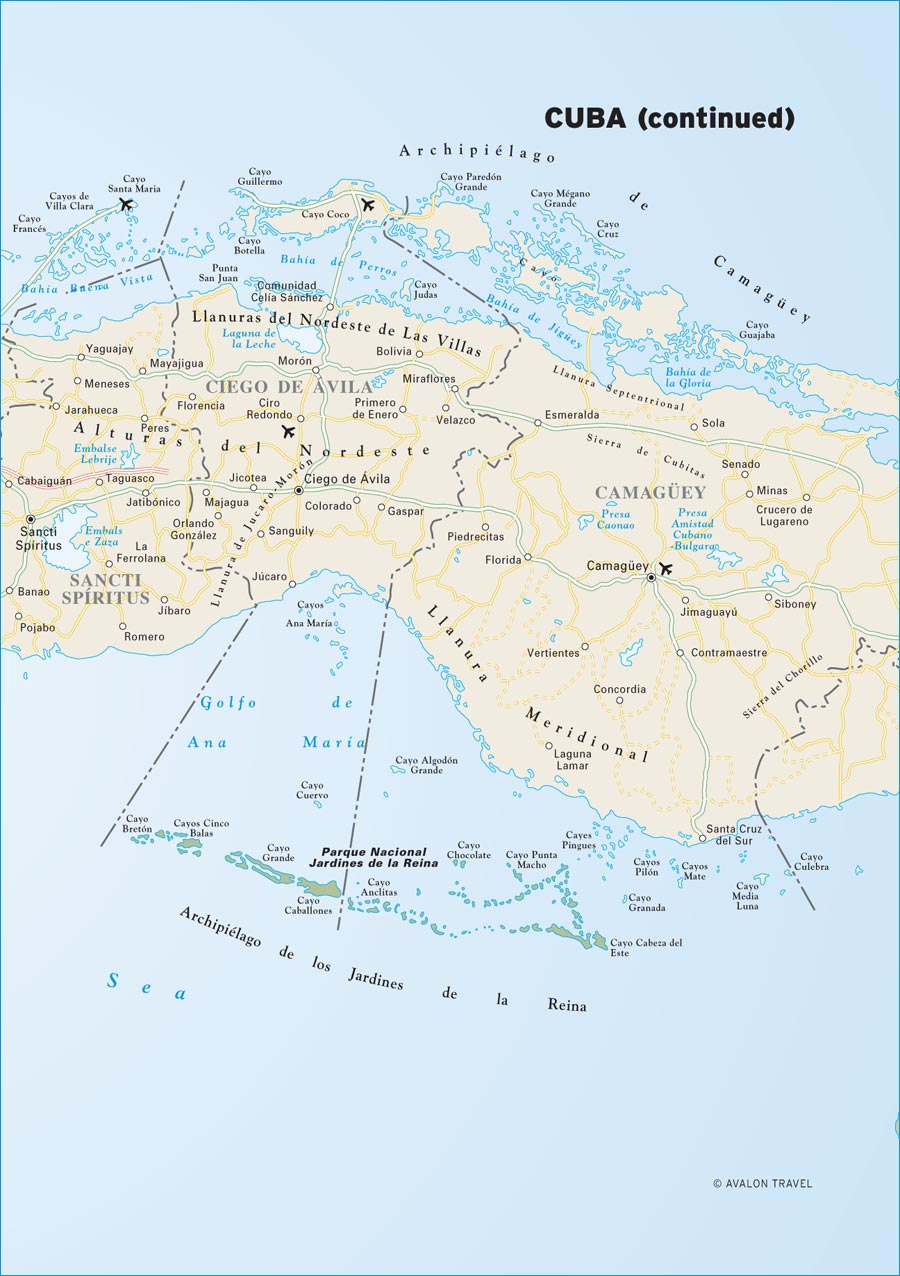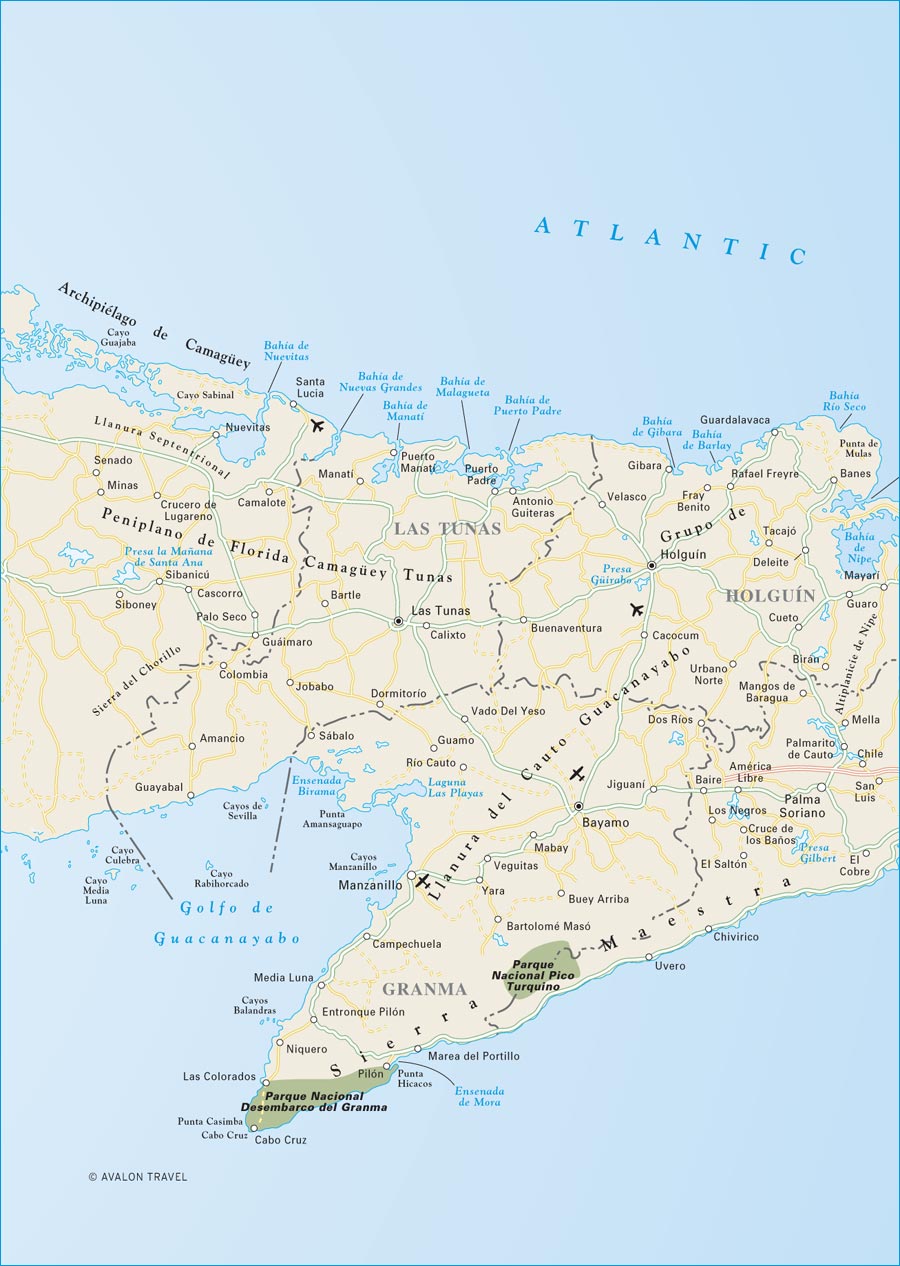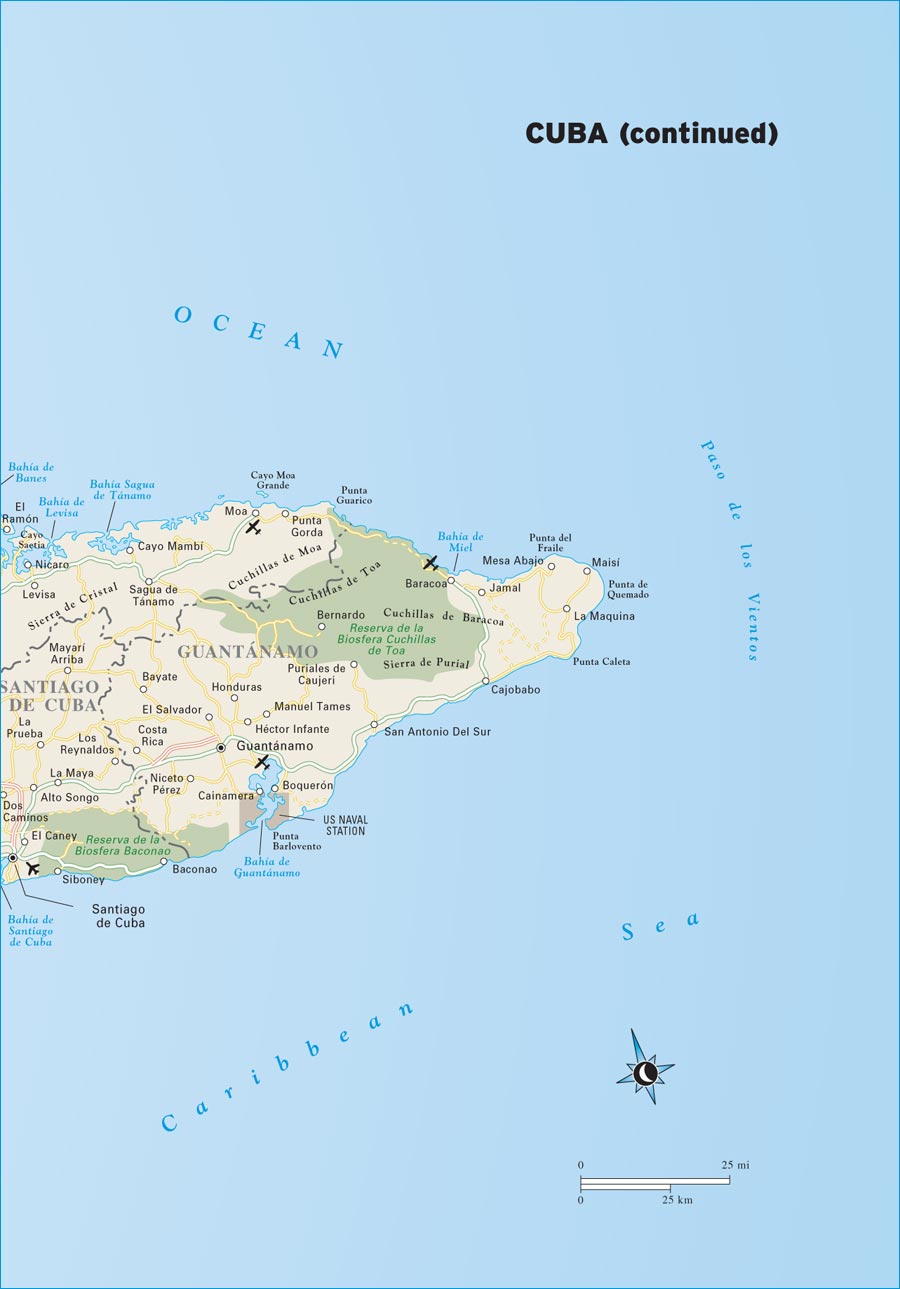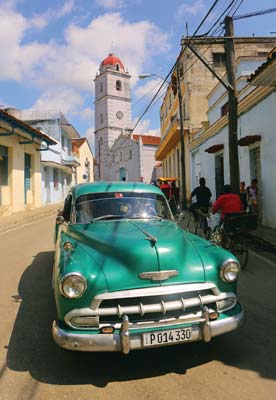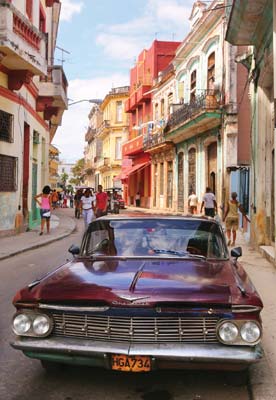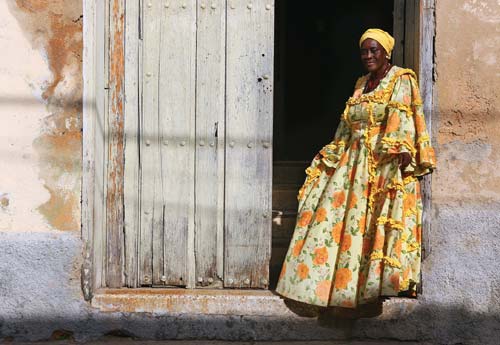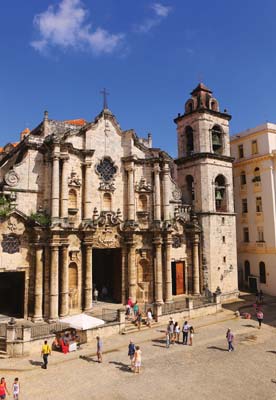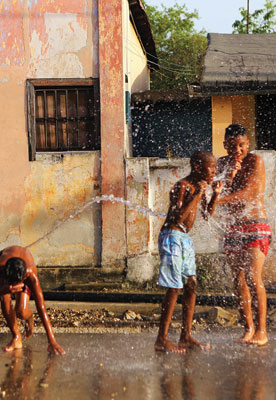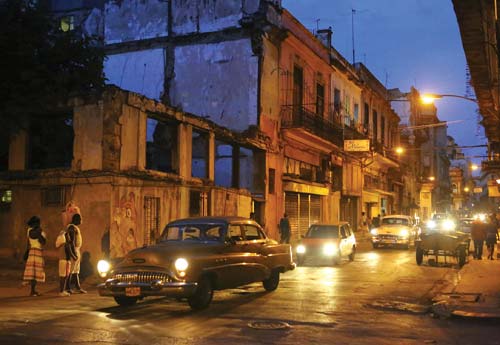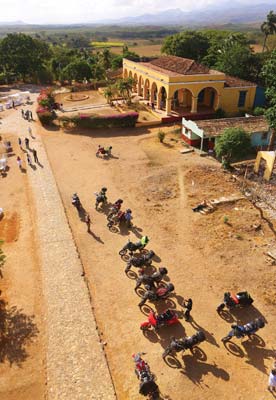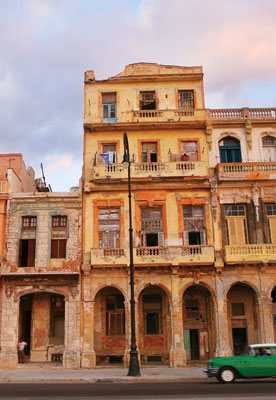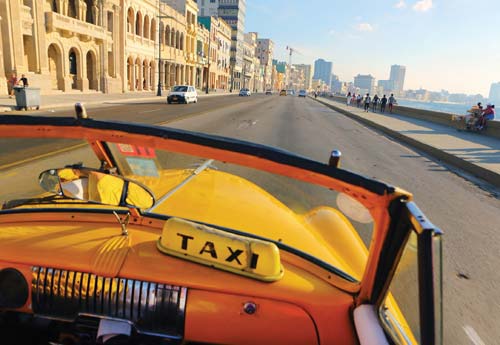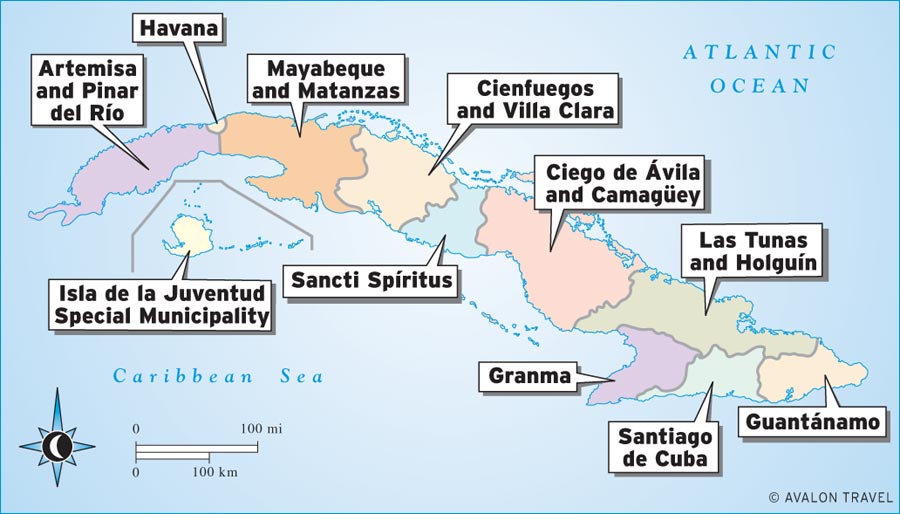CUBA
CHRISTOPHER P. BAKER
The time to visit Cuba is now! President Barack Obamas announcement in 2014 that he was reestablishing diplomatic relations with Cubawas exhilarating. For the first time in decades every U.S. citizen can now travel to this Caribbean island of eccentricity and enigma.
Any U.S. citizen can qualify for group educational travel with licensed tour companies and academic institutions. Even more exciting is the possibility that new regulations may permit individuals to travel solo for educational activitydefined not as academic study but people to people interaction. Plus, U.S. citizens will be able to use their credit cards in Cuba and bring home cigars and rumthe ultimate mementos of a unique and long overdue travel experience.
With all the media attention on politics, its easy to overlook the sheer beauty of the place: the diamond-dust beaches and bathtub-warm seas the color of peacock feathers; the bottle-green mountains and jade valleys full of dramatic formations; colonial cities with cathedrals and cobbled plazas; and, above all, the sultriness and spontaneity of the people in a place called the most emotionally involving in the Western hemisphere.
Divers are delirious over Cubas deep-sea treasures. Birding is the best in the Caribbean. There are crocodiles, too, lurking leery-eyed in well-preserved everglades. Horseback-riding options abound. Cuba is a prime destination for fishing and bicycle touring. In the Sierra Maestra, hikers can follow revolutionary trails trod by Fidel Castro and Che Guevara. There are salsa, mojitos and Cuba libres to enjoy and the worlds finest cigars, fresh from the factory.
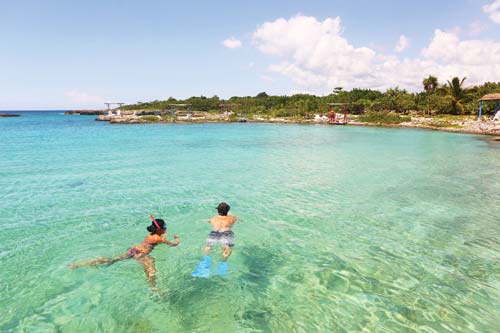
Cubas most enigmatic appeal, however, is the sense that you are living inside a romantic thriller. Cuba is intoxicating, laced with the sharp edges and sinister shadows that made Ernest Hemingway wish that he could stay here forever and inspired Spanish poet Federico Garca Lorca to write to his parents, If I get lost, look for me in Cuba. No other Western nation offers such sensual and surreal sensations, made more romantic by Cubas romantic caught-in-a-time-warp setting. Finally, after six decades, U.S. citizens can now legally taste this forbidden fruit.
Havana
Habana Vieja (Old Havana) is the colonial core, full of plazas, cathedrals, museums, and bars. Parque Histrico Militar Morro-Cabaa preserves the largest castle in the Americas. The Vedado district teems with beaux-arts, art nouveau, and art deco mansions; a magnificent cemetery; and the one-of-a-kind Plaza de la Revolucin. There are even gorgeous beaches nearby.
taxi on the malecn, Havana
Artemisa and Pinar del Ro
These valleys are where the worlds finest tobacco is grown. Viales has magnificent scenery, plus preeminent climbing and caving. Scuba divers rave about Cayo Levisa and Mara la Gorda. Pennsula de Guanahacabibes has birding and hiking trails, as does Las Terrazas, Cubas most developed eco-resort. Head to Finca El Pinar San Luis for Tobacco 101.
Isla de la Juventud Special Municipality
Slung beneath Cuba, this archipelago draws few visitors. The exception is Cayo Largo, a coral jewel with stupendous beaches. Isla de la Juventud boasts Presidio Modelo (the prison where Fidel was held); Refugio Ecolgico Los Indios, great for birding; and Cubas finest diving off Punta Francs. Two days is all thats required to explore Isla de la Juventud, plus two days more for Cayo Largo.
Mayabeque and Matanzas
Cubas premier beach resort, Varadero, has the lions share of hotels, plus Cubas only 18-hole golf course and exceptional diving. Colonial-era Matanzas is a center for Afro-Cuban music and dance. The Caribbeans largest swampthe Cinaga de Zapataoffers fantastic birding and fishing. Nearby, Playa Girn, site of the 1961 Bay of Pigs invasion, has an engaging museum.
Cienfuegos and Villa Clara
Bird-watchers and hikers are enamored of the Sierra Escambray, where forest trails lead to waterfalls. Santa Clara


